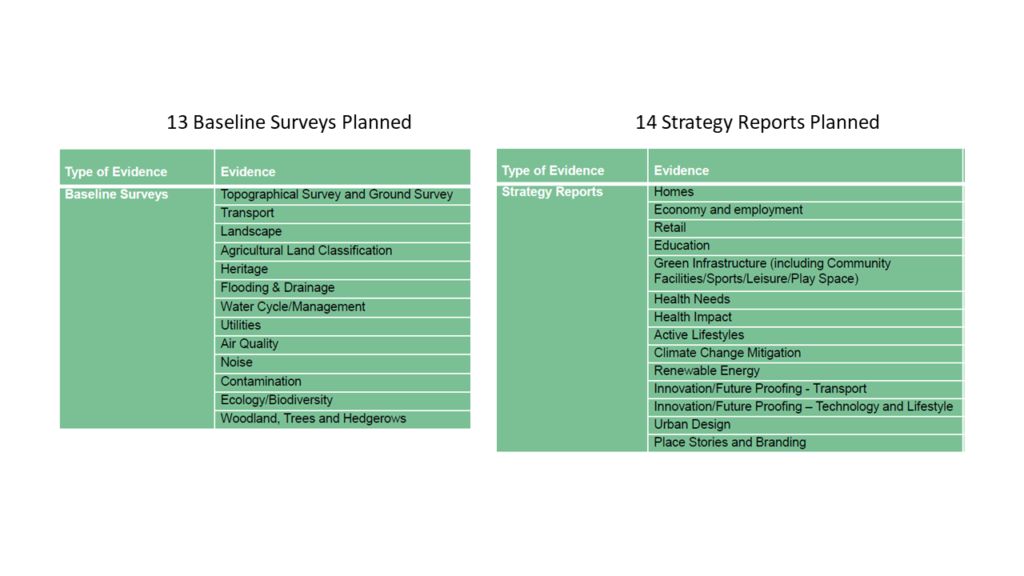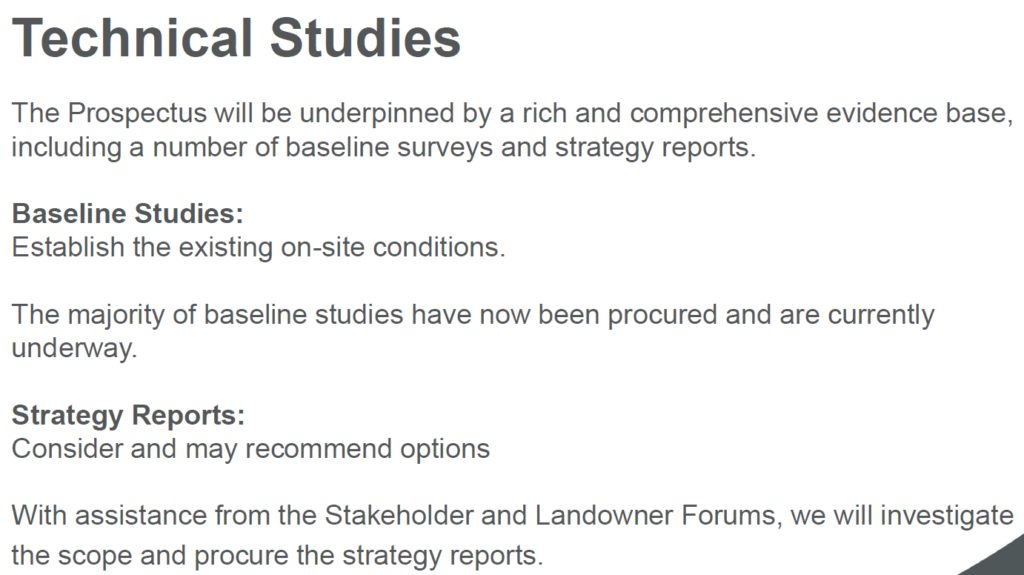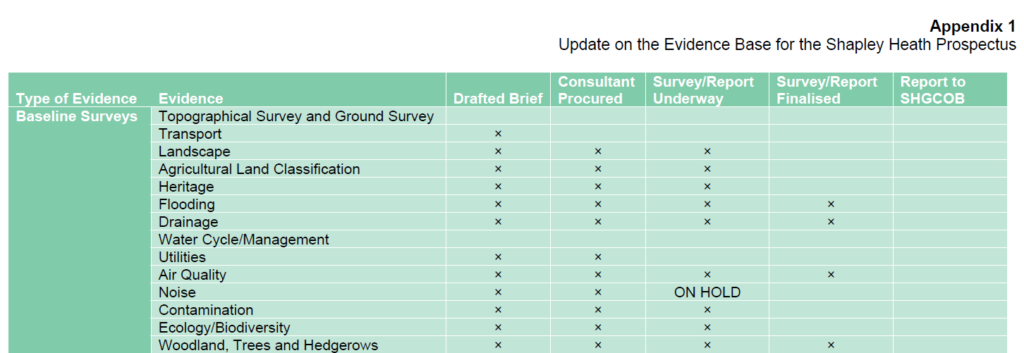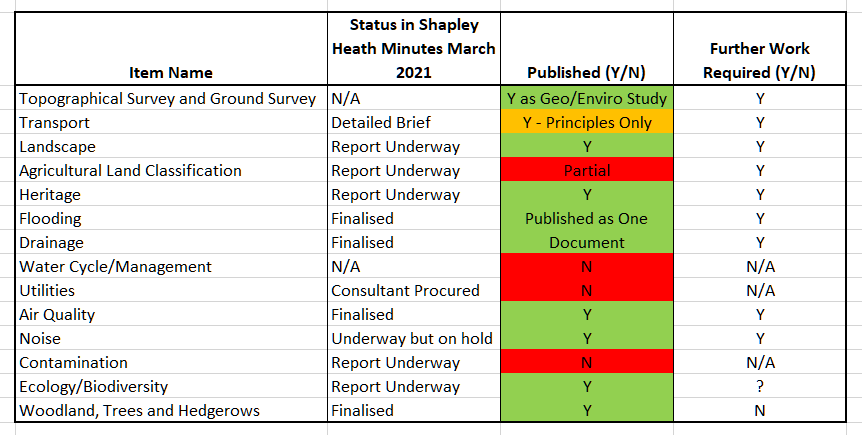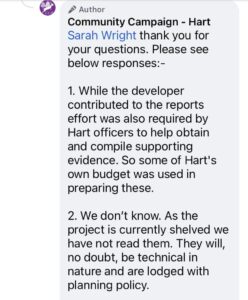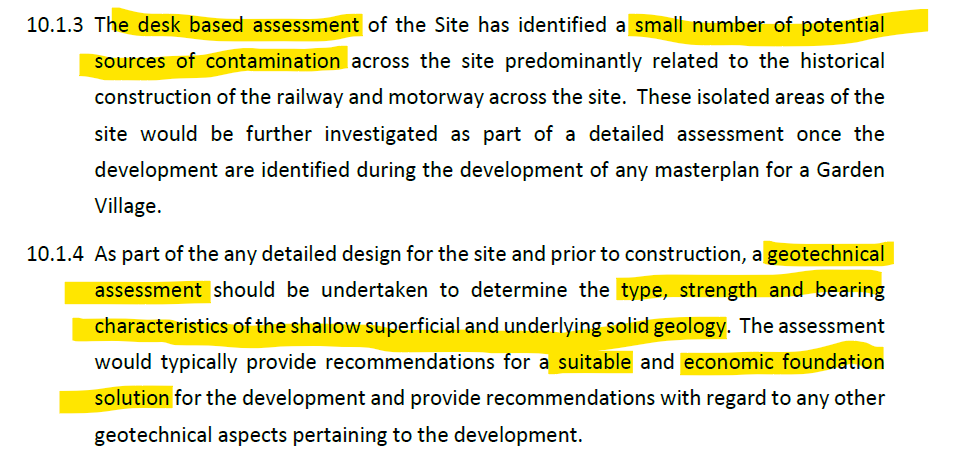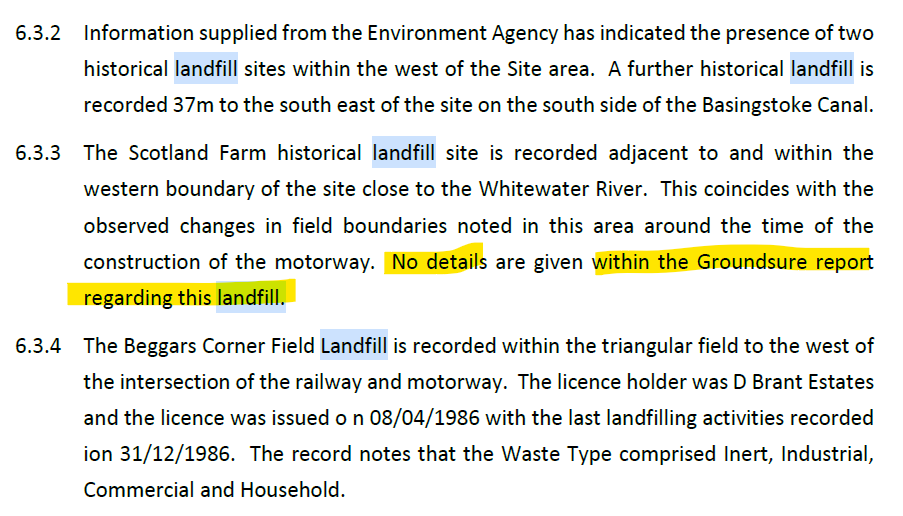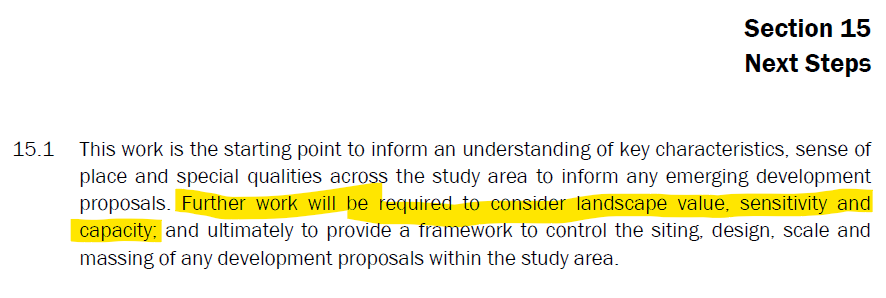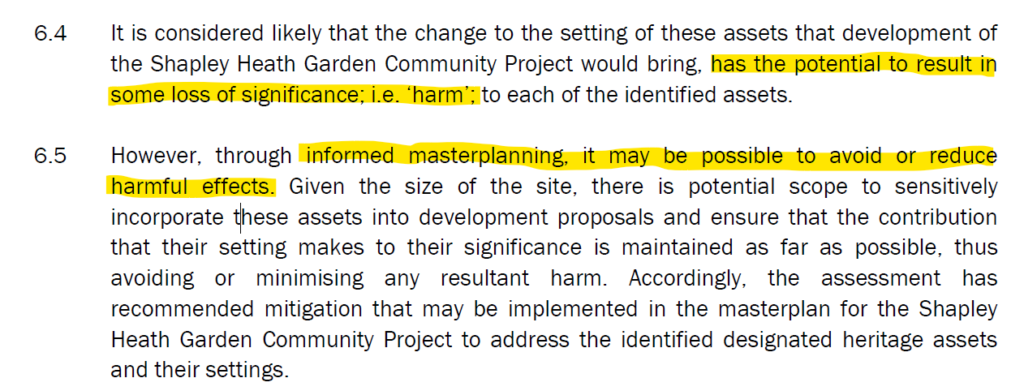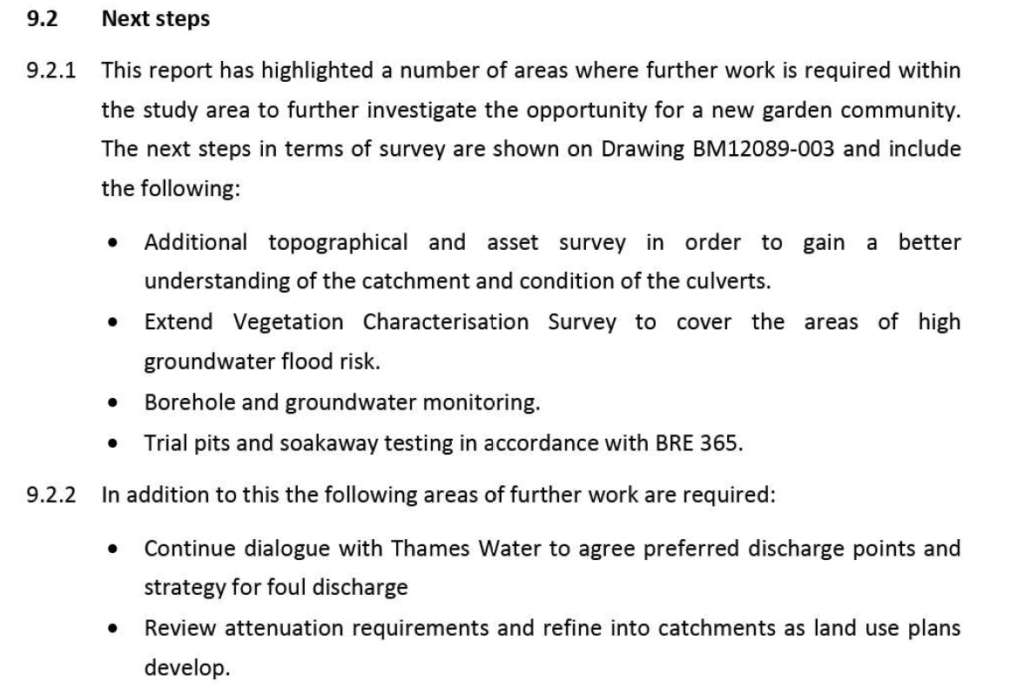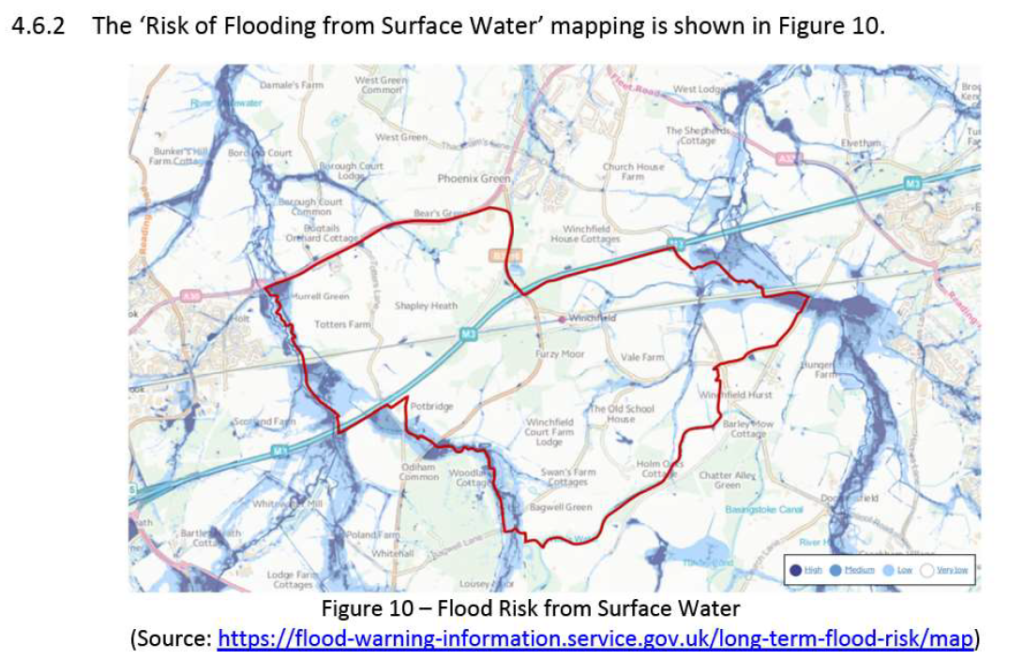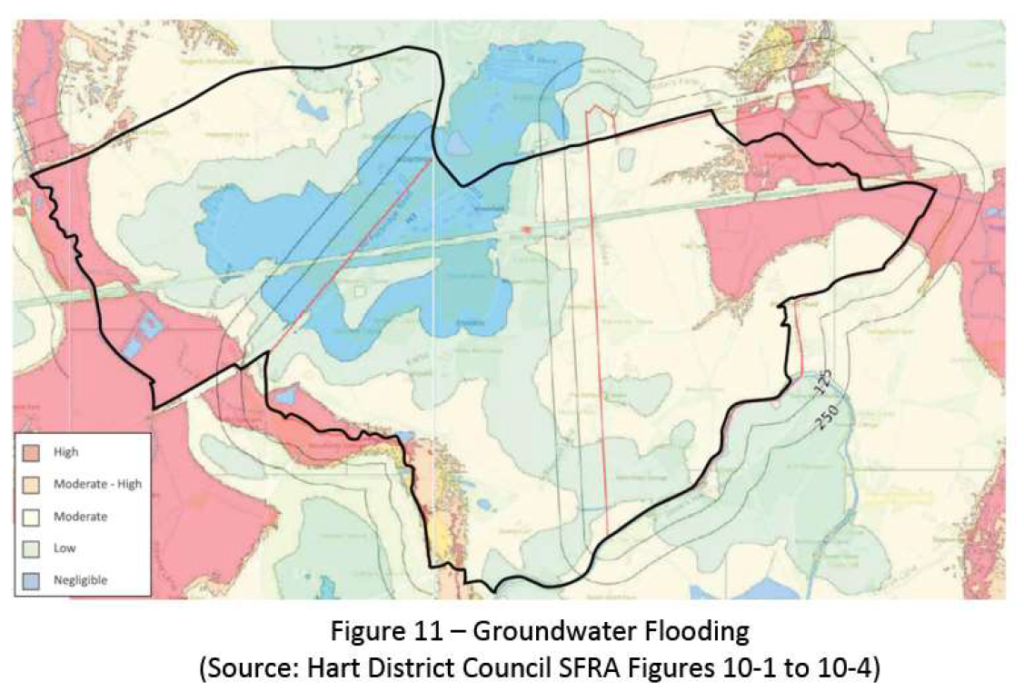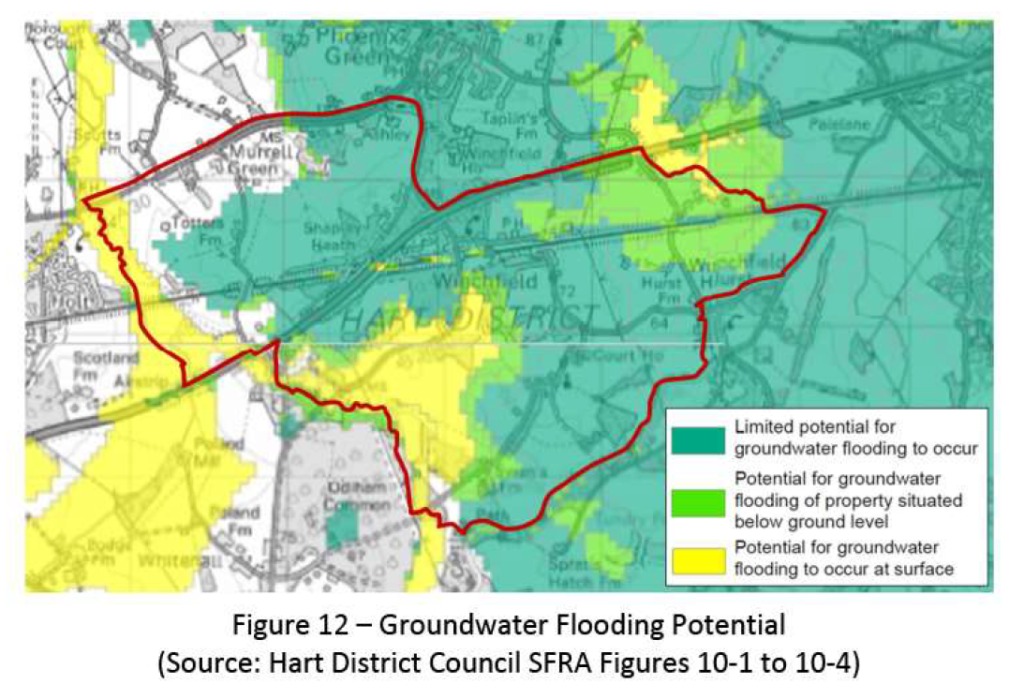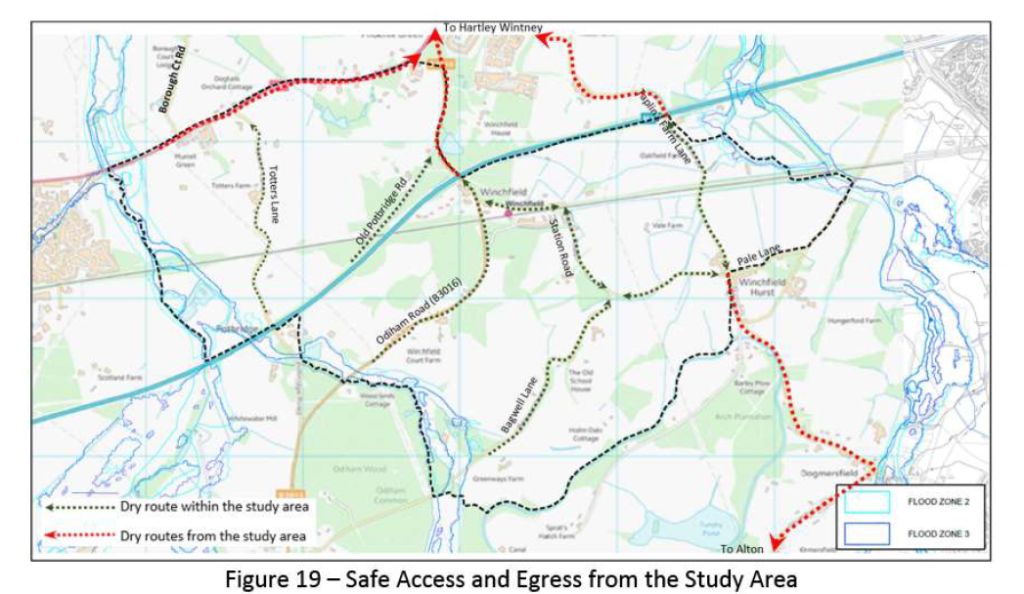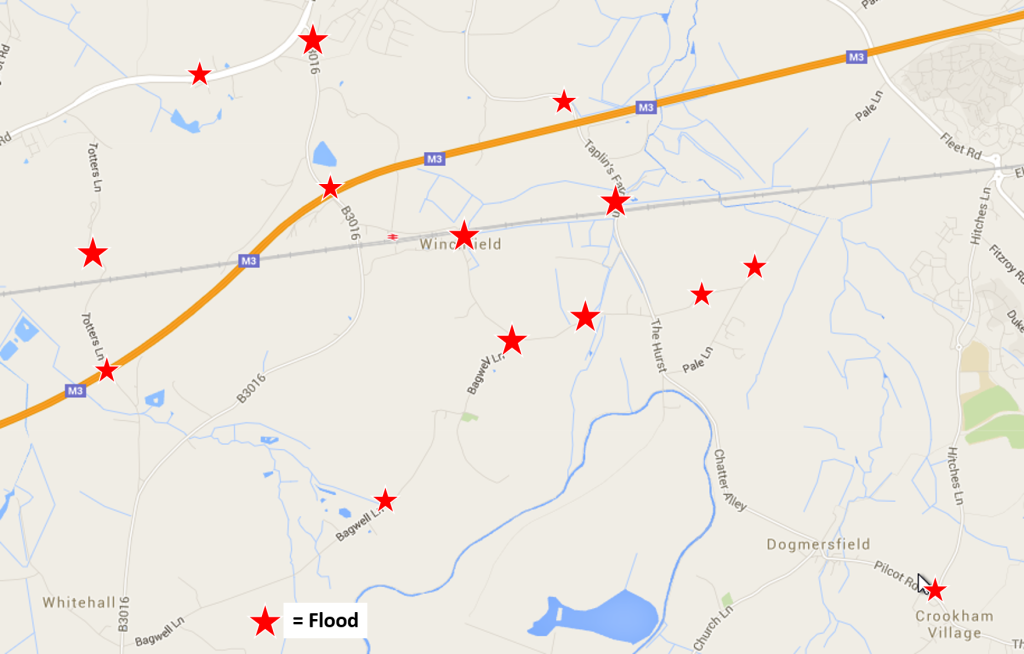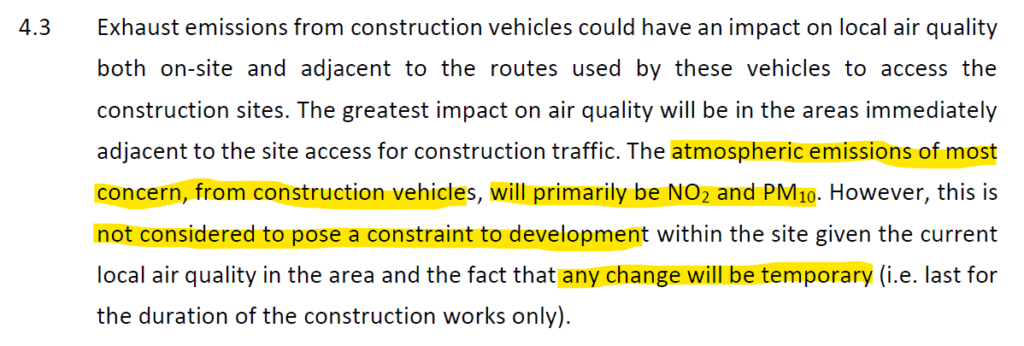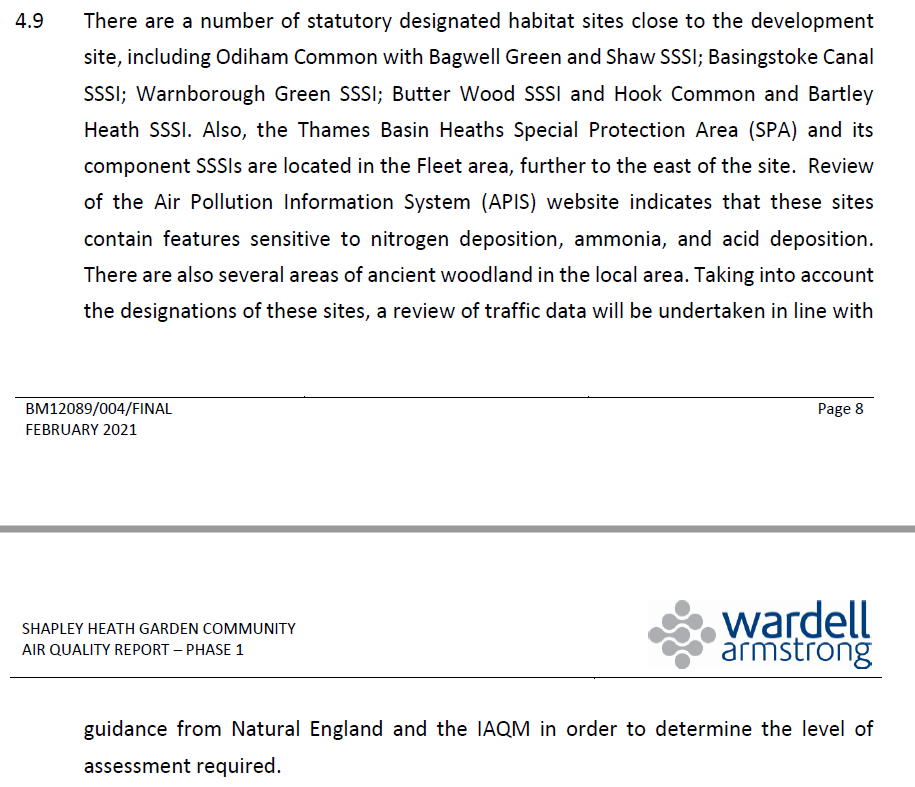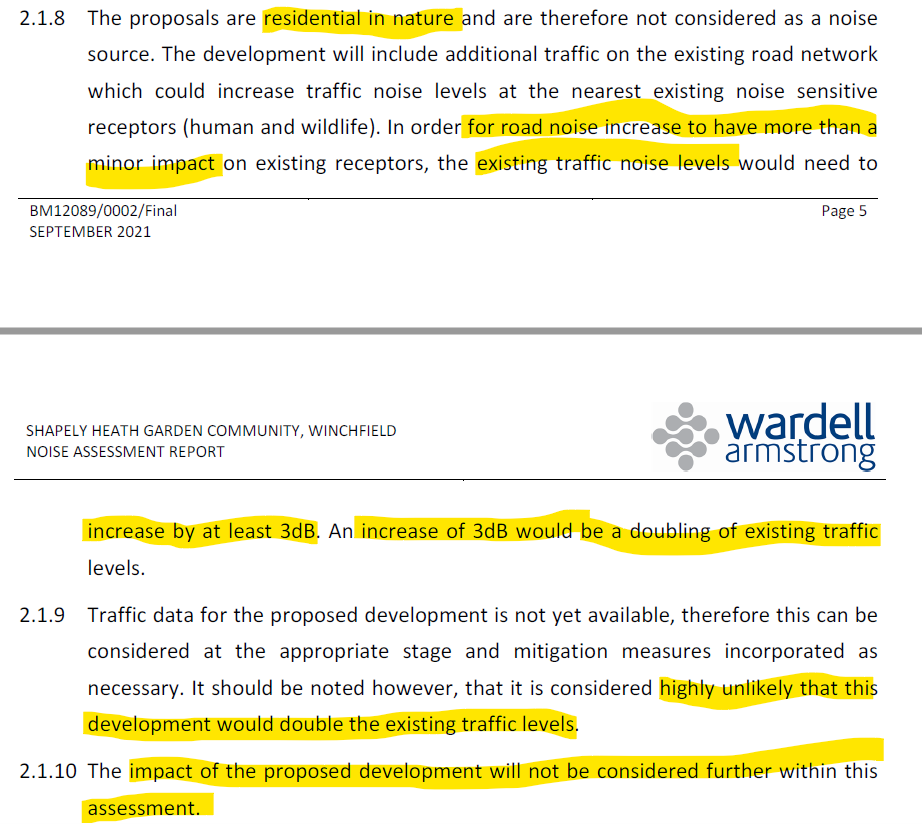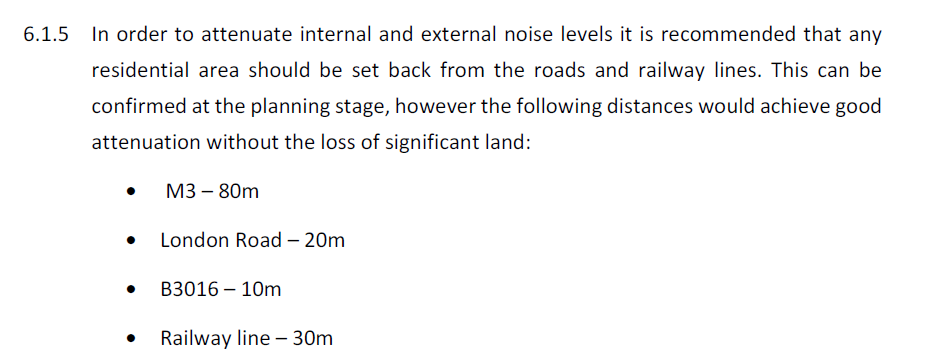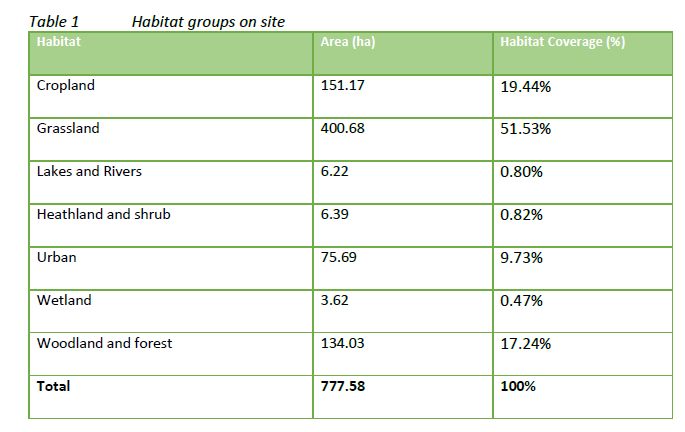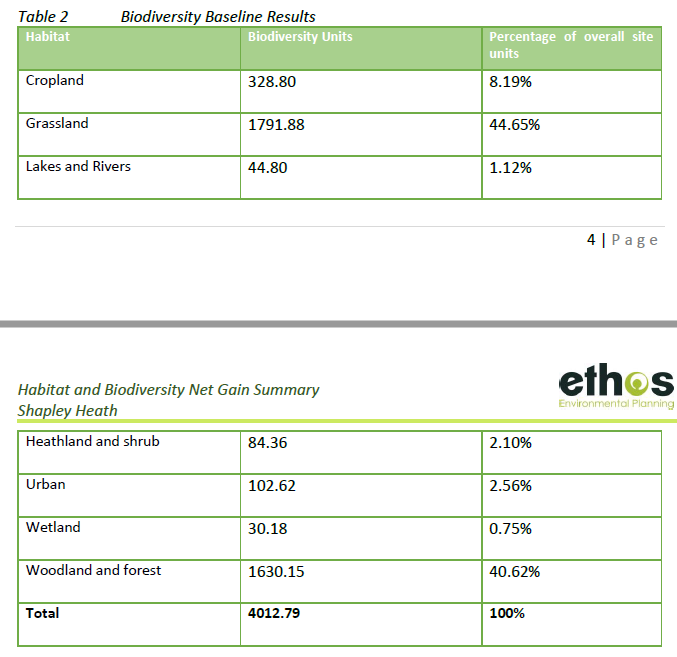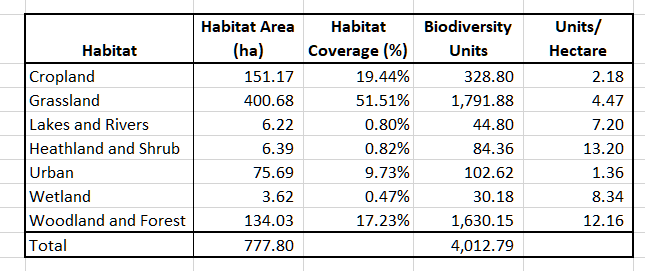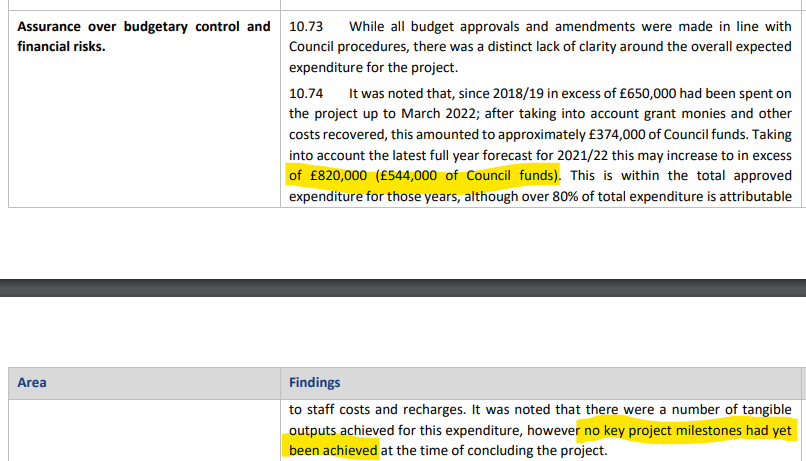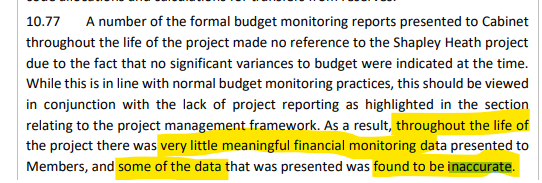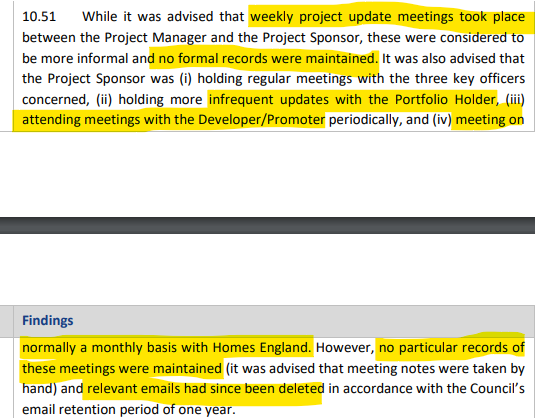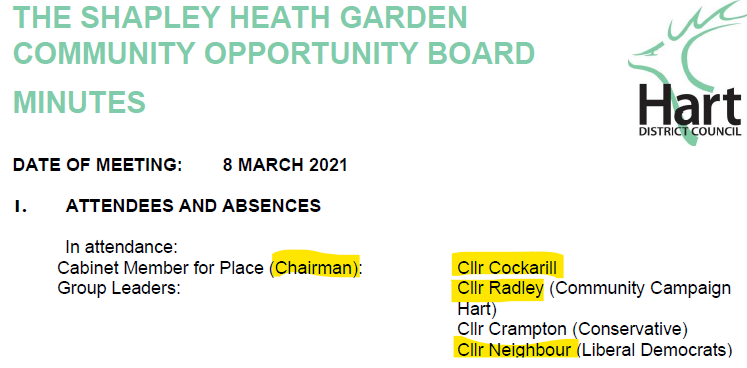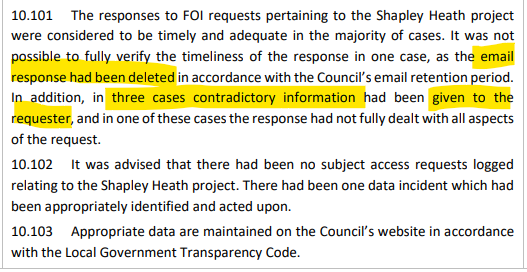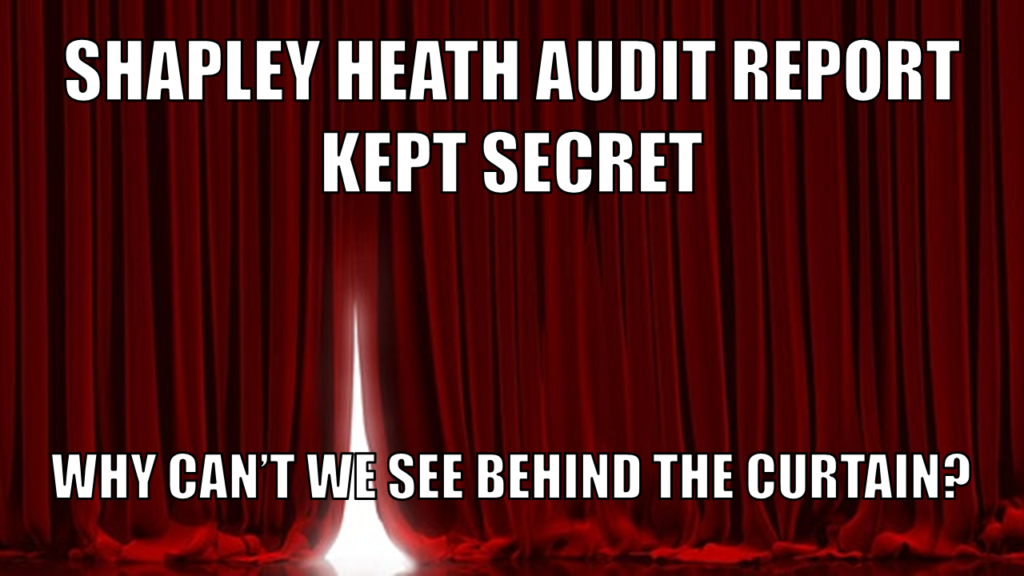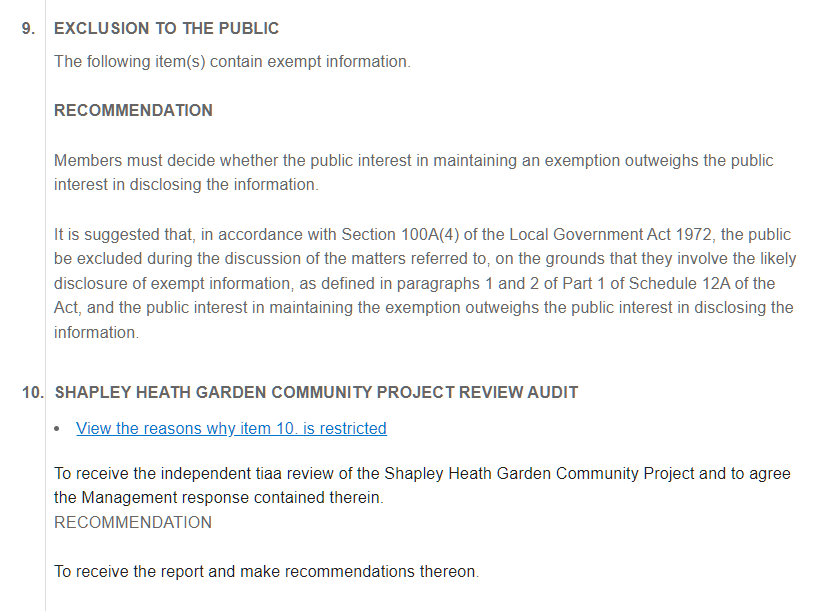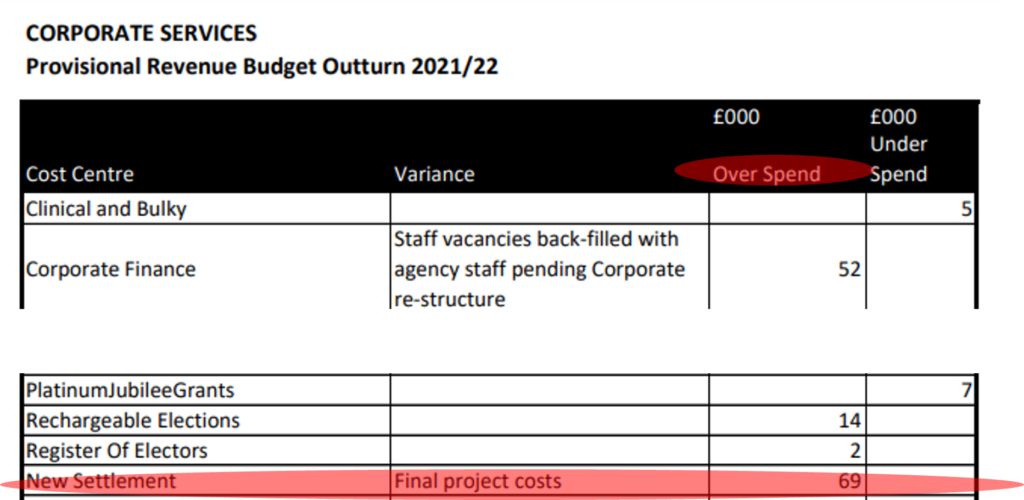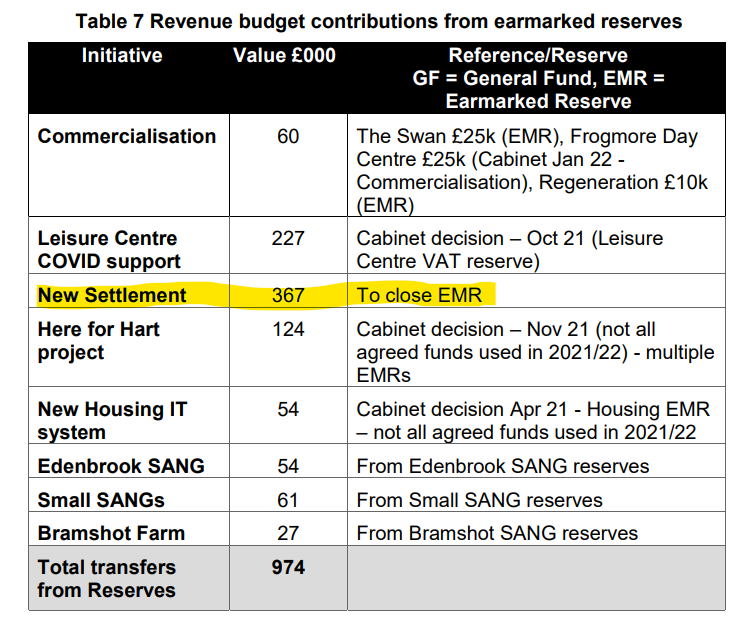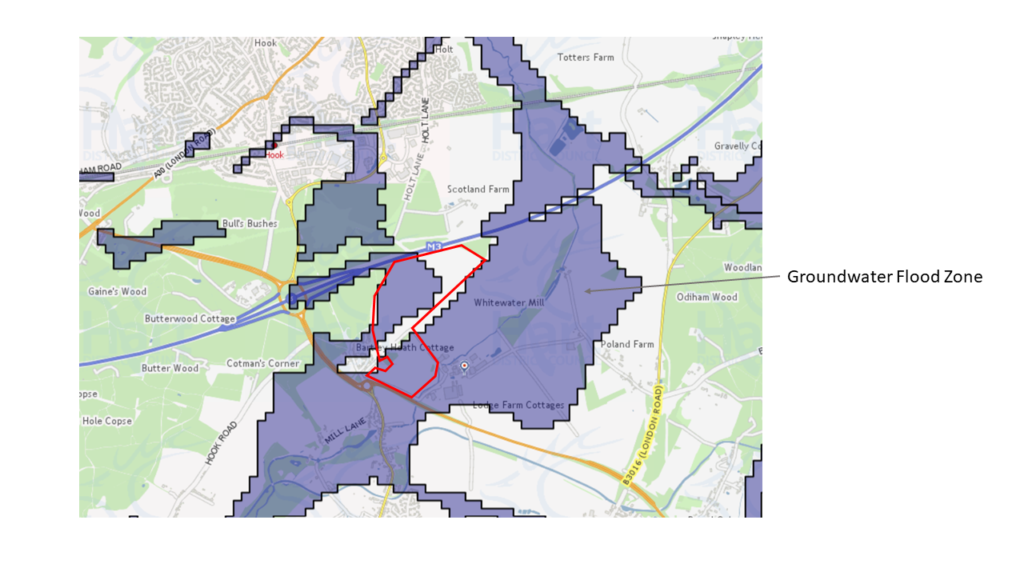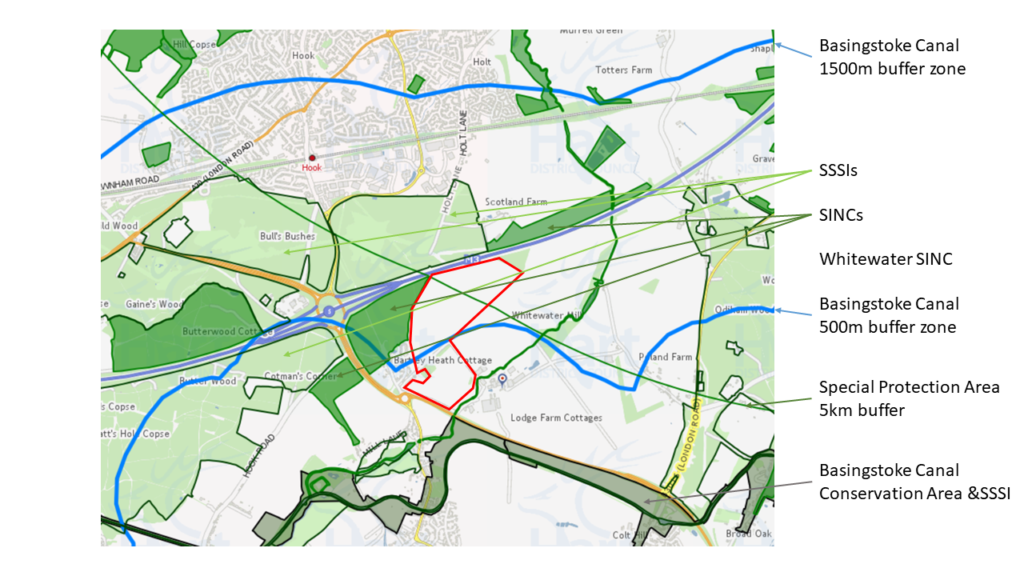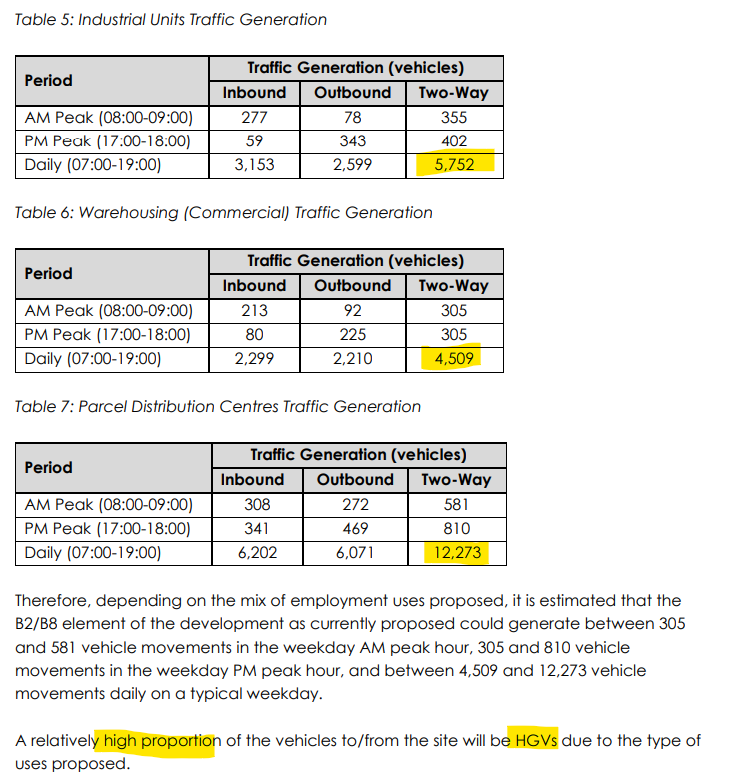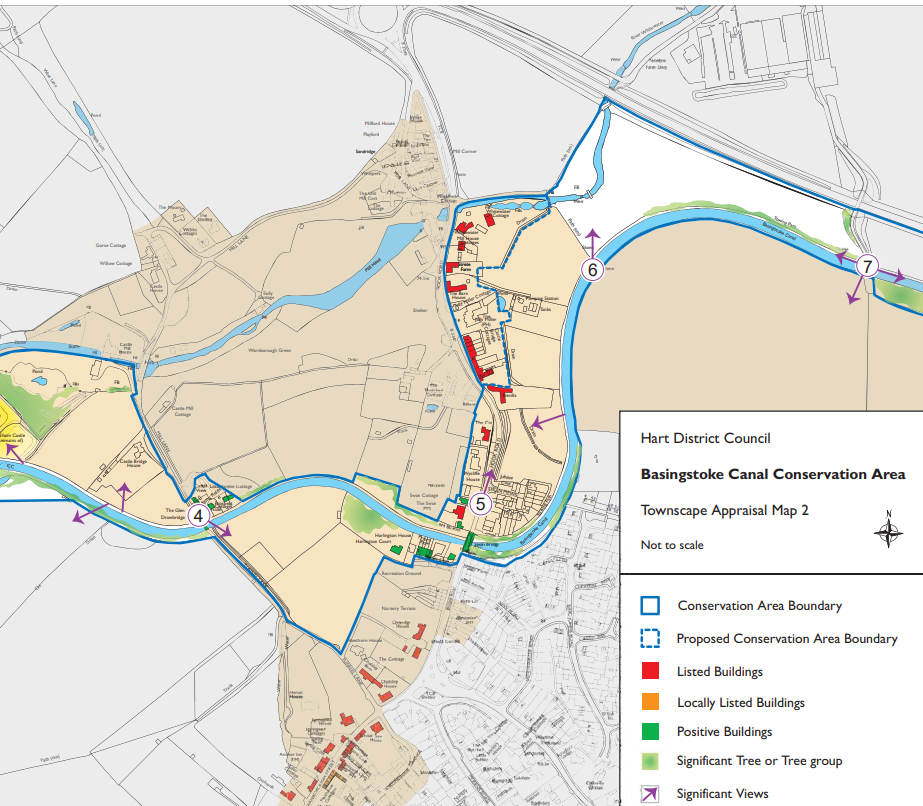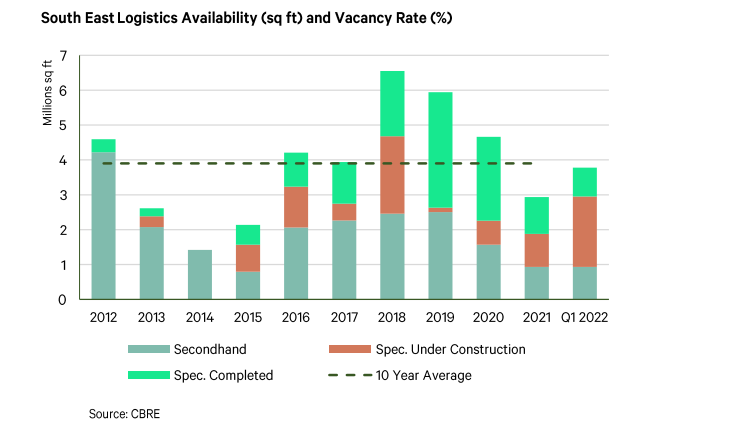At last week’s Council meeting, the Cabinet was determined to distance itself from the findings of the Shapley Heath Audit Report. Cabinet member for Place, Lib Dem Councillor Graham Cockarill was determined to say, in the words of Shaggy, “It Wasn’t Me”, despite being caught red handed screwing us all over with his mismanagement of the project and its finances.
Cockarill and Leader Dave Neighbour faced a barrage of 10 questions from Tory leader Anne Crampton and Councillor Spencer Farmer. Before we go through the detail of the questions and answers, the main summary points are highlighted below.
Summary of Main Points from Council Questions
Councillor Cockarill Refused to Resign over his Mishandling of the Project
When asked by Councillor Crampton if he would resign over the mishandling of the Shapley Heath project he refused. Councillor Cockarill said he was working on information available to everyone at the time. He said that “none of the information that I saw gave me cause for huge concern”. He hadn’t been given a budget for the 21/22 year and no detailed project plan. What more would it take for him to notice something awry?
Outright Lies about the Criticisms of the Audit Report
The decision not to use Hart’s standard reporting templates was all Homes England’s fault. Councillor Cockarill lied when he said the Audit Report made no criticism of the project management and reporting processes themselves. In fact they made the following criticisms:
- No evidence to suggest that the project was financially managed appropriately.
- Little financial monitoring information presented to members and some of that was inaccurate.
- The Project Management did not meet the required standards.
- No formal records of meetings and emails subsequently deleted.
- Project reporting in terms of frequency and content did not meet expectations.
- Little oversight by the Oversight Board and none by the Cabinet.
- Virtually non-existent risk management.
It would be quite remarkable if Homes England mandated that they should run the project in such a lackadaisical manner.
Cockarill Claims Project Met Primary Objective
Councillor Cockarill denied the Audit Report finding that the project had not delivered any of its milestones. He even made the extraordinary claim that the project had met its primary objective. We can think of no other words to describe this statement, other than outright lie. As a reminder, the stated objectives of the project were to “establish a vision for a Garden Community and evidence whether such a vision is both viable and deliverable”. Where’s the Vision? Where is the evidence to support viability or deliverability? They are relying on the 10 reports produced and funded by the developers. None of these are definitive as we shall demonstrate in another post. None of the £820K spent was used to produce those reports.
Cabinet Effectively Going to Mark Its Own Homework
The Audit Committee has asked Cabinet to “review the application of project governance and financial controls and reporting”. Four members of Cabinet, including the Leader and Deputy Leader sat on the Shapley Heath Opportunity Board. In effect, the Cabinet has been asked to investigate its own role in this debacle. Despite appearances to the contrary, Councillor Neighbour insisted that they weren’t marking their own homework.
False Claim About Covid Impact
They didn’t hold the quarterly meetings of the Opportunity Board after March 2021 because of Covid. This is despite the Covid restrictions being gradually lifted through out this time. It should be noted that Full Council meetings took place in February, April, May and July 2021. Cabinet meetings also took place in February, March, April, June and July 2021. There is no Covid excuse for not scheduling the Opportunity Board meeting in July 2021.
Officers Spent Without Authority and to Blame for Not Supplying Key Documents
Councillor Cockarill blamed Hart Officers who did not circulate the FY2021/22 budget as promised after the March 2021 Opportunity Board Meeting. However, it is clear that he made no attempt to intervene when said documents were not forthcoming. He therefore cancelled the scheduled July 2021 meeting. At no point was the 2021/22 budget and project plan approved by the Opportunity Board. In effect, it looks like the Officers continued spending despite having no formal authority to do so and Cockarill did nothing to stop them.
Opportunity Board Members to Blame for Project Continuing Without Proper Authority
Councillor Cockarill claimed that nobody from the Council or the Opportunity Board raised any issues about the project with him. In effect, he as chair of the Opportunity Board is absolved of responsibility because nobody told him to take action. Three of those Board members were his fellow Cabinet members (as well as three other Councillors, two Tories and one Independent). As a result, all of the 2021/22 expenditure was incurred without authority being granted by the Opportunity Board. We can’t speak for the actions or inaction of Councillors. However, we did warn before and during the Budget Meeting in February 2021 that the “bloated cost structure is completely indefensible” and that the project was set up to fail.
Dodgy Claims About the Level of Spending
Councillor Cockarill claimed that £298K has been transferred back to reserves from the Shapley Heath project, despite the latest financial report for 2021/22 showing that £367K was transferred from the Shapley Heath earmarked reserves. He had no evidence to support his claim and could not produce a report of the time spent on the project by each officer involved, so they still do not have the full picture of the costs incurred by the project. He also claimed the total spend on the project was £752K, not the fact-checked >£820K reported in the Audit Report.
Shapley Heath Project Stopped Because They Ran Out of Other People’s Money
Councillor Cockarill claimed that they stopped the project because the Government had decided not to continue financial support. In other words, they stopped because they ran out of other people’s money. They didn’t stop because the project had spent all of the allocated budget and not delivered anything of substance. They didn’t stop because of the overwhelming opposition to the project expressed in the survey results. The implication is that if they had convinced the Government to continue supporting them, they would have pressed on despite strong opposition and despite not delivering anything.
Details of Hart Cabinet Denies Responsibility for Shapley Heath Debacle
We have to extend our thanks to Joanne Balchin for creating the videos below and the transcripts. The draft minutes have now also been published.
Councillor Crampton Questions 1 and 2
Crampton Q1:
Thank you Madam Chairman, my first question is – The Shapley Heath external audits says the Governance arrangements were appropriate and adequate but these were not actioned throughout the project. Specifically there was lack of any reports to cabinet between March 2020 and November 2021. Meetings were not held at the required frequency, even post pandemic. The lack of annual review of the Opportunity Board’s terms of reference and a lack of a review of objectives and priorities as required by the terms of reference. Who made these decisions and with who’s authority and in the absence of of Governance arrangements, how was it expected that those who had the obligation to scrutinise the project would be able to hold the project to account?
Neighbour:
It’s quite a long answer and I apologise. Err, the Shapley Heath project was curtailed in November of 2021 when Government funding failed to meet the levels that MHCLG had advised Hart to expect. It has however delivered 10 informed baseline reports which will underpin any future local plan view and help advise the council of a viable option to meet future housing need. This evidence base has a real intrinsic value that will benefit the people of Hart should the Government allocate the area a substantial increased housing target. The project delivered very real and positive outcomes.
The Audit Report did identify a number of deficiencies in the way the project had been managed.
These did not have a material influence on the outcome of the contract tendering, nor in the quality of material produced. However, the failure to follow Hart’s meticulous internal processes is clearly recognised. We learn from mistakes made regarding the Governance and procurement of this project..
Interruption..
I welcome the work done by the Audit committee and apologise to the people of Hart for these failings. We will provide appropriate training to ensure such things don’t happen again.
Meanwhile, the projects 10 baseline reports are saved for local plan review and will join the output of other housing options studies we are undertaking.
[Note: At no point did he actually answer the question of who made the decisions to bypass the governance arrangements.]
[Note: He makes a lot of the 10 Baseline Studies. These will be the subject of another post]
Crampton Q1 Supp:
The 10 reports that were produced by the Developers, they weren’t key milestones though were they?
Neighbour:
I have to be honest and say I don’t recall what the key milestones were off the top of my head so, I’m guessing that these reports are part of one of the milestones? Possibly more than one, er, so I can’t honestly either way. Certainly not many of the key milestones of the project.
[Note: The Leader of the Council does not know what they Key Milestones were on the biggest revenue project that has just been eviscerated by Internal Audit]
Crampton Q2:
My second question, the management of the Shapley Heath project did not meet the Council’s required standards and did not follow the council’s standardised project structure. As a result, standard internal reporting processes were not used. How was this allowed to happen and will those responsible be held to account?
Cockarill:
Thank you for the questions, I’ll probably answer most of them but the leader will jump in for one or two.
So the project referred to as Shapley Heath was our bid to the Governments Garden Village Community program. So project management and reporting processes, which were setup, were those prescribed under the rules of the Garden Village Community program which is run by Homes England.
It required the use of standard reporting templates, supplied by Home England. The issue of using Home England supplied reporting templates had no impact on the project outcome. [Note: It’s all Homes England’s fault].
I believe both Cabinet and full Council were aware that this was the case when we agreed to enter the project, as was the Overview and Scrutiny Board who discussed the membership of the Opportunity Board. [Note: Now it’s everyone else’s fault].
The internal audit report made no criticism of the project management and the reporting processes themselves.
[Note: This is an outright lie. The Audit Report made the following criticisms:
-
- No evidence to suggest that the project was financially managed appropriately.
- Little financial monitoring information presented to members and some of that was inaccurate.
- The Project Management did not meet the required standards.
- No formal records of meetings and emails subsequently deleted.
- Project reporting in terms of frequency and content did not meet expectations.
- Little oversight by the Oversight Board and none by the Cabinet.
- Virtually non-existent risk management]
Councillor Crampton Question 3
Crampton Q3:
The interim head of Corporate Services set out a timetable for improvement of processes going forward, how will what has happened be highlighted in the report being investigated? By whom? And how will it be demonstrated that those responsible for the project do not mark their own homework and dismiss this simply as a project management shortcoming.
Neighbour:
Er, so Audit Committee has asked Cabinet to provide a response to the management recommendations contained in that report. It has also asked cabinet to review the application of project governance and financial controls and reporting and to provide a response. [Note: 4 Cabinet members were on the Opportunity Board, which itself reported to Cabinet. How can Cabinet effectively investigate itself?
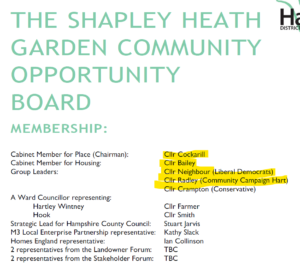
Hart Cabinet Denies Responsibility – Cabinet Membership Of Opportunity Board
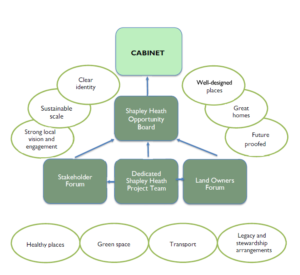
Hart Cabinet Denies Responsibility – Shapley Heath Governance Structure
End Note]
In addition, Staffing Committee is also asked by Audit Committee to review the exercise of officer management control, financial reporting and oversight of the project.
The outcome of these review will be shared with all members. [Note: What about the public?]
Councillor Crampton Question 3 supp Plus Q4
Crampton Q3 Supp:
Therefore you are saying that Cabinet, members of Cabinet who were responsible for this omnishambles are going to actually investigate their own messes?
Neighbour:
No, that’s not what I am saying. Ah, Cabinet have been asked by Audit Committee to look into the improvement plan and to make sure it takes place.
Any issues to do with the Governance related to Staff will be covered by the Staffing Committee.
To make it quite clear, I do not believe that anyone is marking their own homework.
[Note: This contradicts the minutes of the Audit Committee which say the decision is as follows:
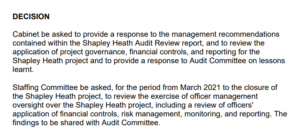
Hart Cabinet Denies s- Decision of Audit Committee
Cabinet is to “provide a response to the management recommendations contained within the Shapley Heath Audit Review report, and to review the application of project governance, financial controls, and reporting for the
Shapley Heath project and to provide a response to Audit Committee on lessons learnt.” Staffing Committee is to look at Officer conduct. [Note: So the answer is “Yes”, the Cabinet is marking its own homework.]
Crampton Q4:
In cancelling the July 2021 Shapley Heath Opportunity Board meeting, what regard did the officers who advised him or the Portfolio holder for Place (Cockarill) himself take of the Board’s obligation to meet a minimum of once a quarter, particularly as there was outstanding business arising from the March meeting.
As the 2021/22 project plan and the costings had not been endorsed and none of the financial information against which to scrutinise the project had been provided.
Cockarill:
Thank you Madam Chairman yes this is definitely a question for me.
So quarterly meetings of the Opportunity Board SHOULD have taken place but unfortunately we were hit by a global pandemic, which caused a nationwide lockdown. [Note: This is nonsense, apart from a small gap, Council, Cabinet and other Committee meetings took place pretty much as normal, albeit virtual throughout the pandemic].
As the Council went into emergency mode the plan schedule of meetings was put aside to allow to deal with the health emergency. The March 2021 Opportunity Boarding meeting did have a briefing on the impact of Covid upon the project. It was my view that the July 2021 meeting of the Opportunity Board would not have had all of the requested information, er, to hand. [Note: The main issue is that the promised documentation had not been provided, surely this was reason enough to call the meeting to hold the officers to account].
Therefore, I considered it better to wait for the next scheduled meeting to provide a full post Covid update. I had requested that the Board a budget by email so that questions could be asked. I do not understand why the Officers did not circulate the updated 2020-21 2022 project plan and costings, with the detailed budget information, as promised to all Board members in the Officer’s email dated 2nd July 2021. [Note: Officers thrown under the bus.]
The project was halted in September which meant that the next scheduled meeting of course didn’t happen. Now in hindsight, I should have sought to intervene AND have the July meeting go ahead to provide the Board with at least limited information that was available. [Note: Finally an admission of some culpability].
It was not my intention to restrict the ability of members to scrutinise the project. Now I apologise to members if I inadvertently gave them that impression.
Councillor Crampton Q4 Supp and Q5
Crampton Q4 Supp:
As the Portfolio holder responsible for this project, would you resign?
Cockarill:
The answer, No.
Er, the slightly lengthier answer for the benefit of Council is that I was working on the information that was available to myself AND Opportunity Board Members at the time.
None of the information that I saw gave me cause for huge concern and I will point out that there were no concerns raised to me directly or indirectly by any of the other Opportunity board members during this time. [Note: In this case, the complete absence of information should have been cause for huge concern, but he didn’t act.]
Had there been so, and I failed to act on those concerns, then the situation might be different!!!
Crampton Q5:
My final question. The Shapley Heath project audit review outlines a series of significant failings by the Council.
Does the leader of the Council agree with me that the issues raised in the review cannot simply be described as project management short comings, but instead represent a far more deeply rooted example of mismanagement, questionable competency and accountability which must be investigated further.
I’ve asked this before, and I don’t like the idea that Cabinet’s doing it but again, who will carry out that investigation? When and how will it be fed back to members?
Neighbour:
Thank you, apologies. I don’t recognise all the points raised in the question, they go well beyond the actual findings of the audit review.
Nevertheless, I am determined to abide by the high standards of Governance, unfortunately in this case, I have to agree the project governance in this case is unacceptable.
As I said earlier, Audit Committee has asked Cabinet to provide a response to the management recommendations contained in the report. That is our process. I must also ask cabinet to review the application of project governance and financial controls and reporting, and to provide a response to them. So it will go to the Audit Committee, it will be them that mark the paper, not Cabinet.
In addition, the Staffing Committee has also been asked by Audit Committee to review the exercise of Officer Management and Financial Controls and oversight over the project. The outcome of both these reviews will be shared ALL members. [Note: What about the public? Are they going to have more secret meetings so we cannot see what is going on?]
Councillor Crampton Q5 Supp
Crampton Q5 Supp:
Could I have a timeline for that please Councillor Neighbour?
Neighbour:
Not tonight, you cannot have a timeline.
Er, we will need to prepare, erh.. various information streams that we will need to put both of these in place.
I certainly can’t speak for Staffing Committee, that’s up to them to determine their own timeline.
But, this meeting took place on Tuesday, today is Thursday, I am answering your question the best I can, at this moment in time. As soon as we have a timetable, it will be publicly made available and will all [inaudible].
Councillor Farmer Q1 and Supp
Farmer Q1:
Thank you Madam Chairman. Ok the first question.
Why was an audited 2020/21 never circulated to the Opportunities Board and because the costings were never supplied how was it expected that the budgeted spend for 2021/22 be scrutinised?
Particularly, as the 2021/22 project plan was never endorsed. Who therefore approved the 2021/22 work stream?
Cockarill:
Thank you Madam Chairman. Er, so I believe I gave the full answer to a similar point earlier. But for clarity, the intention was to bring budgets to the Opportunity Board, initially in July but deferred to September of 2021.
But decisions regarding the future of the project meant that the September meeting was subsequently cancelled.
I had requested that the Board be supplied with the budget by email so that questions could be asked. I did not understand why the Officers did not circulate the updated 2021/22….. 2021/22 er project plan and costings plan with the detailed budget information as promised to ALL board members in the Officers email dated 2nd July 2021. [Note: Officers thrown under the bus again, note also he did not chase for this material to be sent].
That update was never provided and that clearly hampered the ability of the Opportunities Board to properly scrutinise the projects…the projects..finances! Albeit, this was not an issue that was raised to me by any board members at the time. [Note: Not only did Cockarill not chase, but then goes on to blame other members, including his Cabinet colleagues, for not reminding him that he should be chasing. However, in the next statement he mentions that the Board did ask for more detailed Budget/Costings].
However, I believe that the Opportunity board did see a high level project plan in March 2021 and raised no objections to the principle of the program albeit the Board did indeed, ask for a more detailed Budget and Costings to be provided before it received final sign off. [Note: Contradicts himself in this sentence].
So as I said earlier, in hindsight I should have sought to intervene and have the July meeting go ahead and provide the Board with at least limited information, er, available. Thank you very much!
Farmer Q1 Supp:
Yes, I’m not sure I got a full answer as to who approved the 2021/22 work stream, whether high level or not, the full work plan did not come to the Opportunity Board, as I think has been agreed.
Therefore the Opportunity Board were not able to fulfil their obligations, so this supplementary is, where in the agreed Terms of Reference did it permit the 2021/22 work stream project plan or project budget be approved, without referral to the Opportunity Board?
Cockarill:
Very simple answer Councillor Farmer, it didn’t. This is the problem that the project has run into and it is precisely the sought of issue and the sort of question that the work streams that have been outlined this evening will undoubtedly want to know the answer to. I cannot explain the answer because like you, I don’t know where that authority came from. [Note: He was Chairman of the Board and took no action when it was obvious the project was proceeding without any authority].
Councillor Farmer Q2 and Supp
Farmer Q2:
I mean I’ll probably come back to that point but it was noted that since 2018/19 in excess of £650,000 has been spent on the Shapley Heath Project up to March 2022. I quote obviously from the Audit Report, taking into account the latest forecast for 2021/22 this may well lead to a reported number in excess of £820,000 of which £544,000 is Hart District Council money.
Unrecorded Staff Costs, such as Officer Resources used to support all the work streams need to be assessed, therefore, what is the true cost of the project when such factors are taken into account?
Cockarill:
Thank you Madam Chairman, er that will speed things up a little bit.
Yes so Audit Committee has now received the final updated figures for the project expenditure over the last 4 years broken down in appropriate detail. The Actual expenditure incurred is significantly less than that initial audit forecast. More in the region of £725,000, er… sorry £752,000 without account of having been taken a miss coding. [Note: Where is this document, it is not part of the public documentation for the latest Audit Committee?]
It must also be recognised that a substantial portion of the budget was actually used by Officers working on other projects and on the emergency response to Covid. It should be noted that the £500,000 drawn down from reserves £298,000 of this has recently been put back.
[Note: As we noted here, the latest report on overall finances showed the project overspent for 21/22 and that £367K was transferred from the Shapley Heath Reserve. So, we are left in the dark about where Councillor Cockarill got his information from].
Thank you!
Farmer Q2 Supp:
Yes, I mean talking down the costs I’m not sure is going to be entirely helpful and also the numbers were stated £820,000 and £544,000 in the Audit Report and I would have thought any direct documentary proof of those staff allocations with reported costs would have been provided to Auditors.
There was a period where there was a fact check of information and the report has obviously published the numbers that it has published. Should the actual accounts have been different then presumably they would have been reported differently in the first place outside of the audit.
Also the reasons for asking this question, the second MHCLG Bid document stated as an example that the joint chief executive had spent considerable time on the Shapley Heath project and we know that various Officers had participated and became representatives of some of the forums that were established.
So with this in mind, when will you provide a full list of Officers that have participated in the Shapley Heath project and a detailed breakdown of the reported Staffing costs for the project so that we can clearly see which Officers have been fully accounted for in the Costs?
Cockarill:
Detailed Supplementary questions is what we like Councillor Farmer!
Obviously I am not able to give you that detailed…er…er..detailed answer this evening.
Farmer:
Can you say when Councillor Cockarill, rather than an explanation this evening?
Cockarill:
I noted that you said when, Councillor Farmer. I did notice that. Um, I will go back to our Officers and ask them to supply that information. As soon as they give me some indication of how long it would take to draw up that information together then I will let Council know.
Councillor Farmer Q3 and Supp
Farmer Q3:
Sorry Madam Chairman, slightly longer one but some important facts. A fund of £500,000 was allocated to the Shapley Heath project approved by cabinet and approved by full Council in February 2022. However, there were no details of the expected overall expenditure of the project, no breakdown of expenditure over the 3 year period or any indication of items that would be covered by such expenditure.
80% of the expenditure is attributable to staff costs or recharges and no key milestones have been achieved at the time of concluding the project. Day to day financial monitoring did not follow the standard template documentation, I quote from the Audit Report and was found to be significantly inaccurate in recording actual expenditure.
Particularly Staff Costs, and recharges and calculating available resources and further it did not correlate with the project plan documents such as it was. There was also no evidence to support the project having been accurately and appropriately financially managed. How did this happen and who is responsible?
Cockarill:
Thank you! Madam Chairman.
So as I’ve just said Audit Committee has now received the final updated figures for the project incoming expenditure over the past 4 years, broken down to the appropriate level.
Furthermore, a substantial portion of the Budget was used by Officers working on other projects and on the emergency response to Covid and I repeat that of the £500,000 drawn down from reserves we put £298,000 of those back in.
But it’s the nature of major projects such as Shapley Heath that we often start without budgets as the exact scope of works and timescales needed to achieve the projects aims are themselves forecasts!
Full Council agreed, prudently in my view to allocate a reserve fund of £500,000 over 3 years to provide some certainty over the councils financial liability for the project.
By the end of that 3 year period the aim was to have collated enough information for cabinet to decide whether a garden village was desirable or feasible be it at Shapley Heath or elsewhere.
Because the Governments financial commitment to the project fell substantially below that which was expected Cabinet realised that Hart’s financial liability would increase to an unknown limit. But because of the work undertaken during the project, which has given the council the information it needed to assess the er, new settlement option against other potential housing options in a future review of the local plan, Cabinet agreed to halt the project. [Note: Exactly which information is this then? No comparative information has been produced. Moreover, when and why did the Government pull the funding, is it because they had spent all the money and not delivered anything?]
There are, as I have acknowledged issues over how the finances of the project were managed and reported. These are the issues that both Staffing Committee and Cabinet will need to address and resolve.
Thank you
Farmer Q3 Supp:
Yes, back on Governance I’m afraid. The agreed Governance process for Shapley Heath and project was agreed in principle by the cabinet in November 2019 and then fully approved by Cabinet in February 2020.
In both instances the papers were submitted in the name of the Portfolio holder for Place [Cockarill]. The terms of reference were subsequently agreed by the Shapley Heath Opportunity Board on 17th February 2020, a meeting chaired by the Portfolio for Place.
Given that the Governance was clearly defined, understood and fully agreed by both the Cabinet and the Opportunity Board, why did the Portfolio Holder for Place not ensure that it was followed?
Cockarill:
Thank you Madam Chairman. The failure to make sure that, that er…. that… er…occurred was partly due to the fact that Covid did throw a…And you can use that expression Councillor, er…. and I can see you, you…., you think it’s an excuse. It is a reason not an excuse.
For a number of years, ……a number of months…. we had NO MEETINGS AT THIS COUNCIL in person or virtually. [Note: This is simply not true. Meetings, albeit virtual were held by the Council throughout the pandemic]. During that period work was going on by Officers under emergency protocols.
I was not, during that process approached by any member of the Opportunity Board or any other member of this Council to ask what was happening with regards to the Shapley Heath project.
As I indicated in one of my earlier answers to Councillor Doctor Crampton had such concerns been raised with me, either by Officers or Members and I had deliberately failed to act upon those concerns then I think the Councillors questions might be pertinent. But as that never happened I’m afraid I’m not going to stand here and take er an undeserved hit, as it were.
[Note: – Cockarill is the leader of the project, but not will to take any responsibility. It’s all everyone else’s fault].
Thank you.
Councillor Farmer Q4 and Supp
Farmer Q4:
Meetings were taking place remotely I might point out from the middle of 2020 but I’ll move on.
Despite spending all this tax payers money, not one milestone was achieved. Who will take responsibility for this failure by the administration?
Cockarill:
I must respectively disagree with my colleague, that the project did not achieve any milestones. [Note: The Audit Report clearly states it did not achieve milestones, this is another outright lie].
At the time the project was closed it was on track to deliver it’s program outcomes. [Note: Delusional].
As I explained in an earlier answer a first phase project was simply to evaluate the potential of a Garden Village as an option for housing growth. We have enough information from that evaluation to enable an assessment to be made on the suitability of a new settlement, compared to other housing options. [Note: Where is it?].
When we come to review our local plan. The project has therefore met it’s primary objective. [Note: This is another outright lie. The stated objectives of the project were to “establish a vision for a Garden Community and evidence whether such a vision is both viable and deliverable”. Where is the Vision. Where is the assessment of viability or deliverability?]
Farmer Q4 Supp:
Thank you Madam Chairman. Um, the Audit Report was clear that not one key milestone had been achieved when the project was concluded, despite all the money having been spent, I quoted directly from the Audit Report.
And the Press Release, if I can call it Press Release, the note on the website published yesterday as a background seeks to claim 10 Baseline Reports as an output of this project. The audit was an audit of the Governance, Financial Control and the Management of the project, in particular the Council’s spend. These baseline studies are not a consequence of the £820,000 spend, subject of this audit.
The report also clearly states that the Council did not contribute financially towards the cost of any of these studies, they were funded by the Developers under a collaboration agreement.
Councillor Radley has quoted that residents should expect full transparency in the operation of the Council and it did not happen in this project. Councillor Neighbour, Leader of the Council said that you will learn from your mistakes.
By attempting to claim Developer Funded Studies as an output of this uncontrolled spend, when this Council didn’t contribute one penny towards them, how can residents believe that you are now being transparent and that you are learning from your mistakes?
Cockarill:
Well firstly, Councillor Farmer, I have to take a slight issue with inference in the way you have phrased the question.
It was always clear that the funding from this project came from 3 streams. Government, Council and Developers putting their money where their mouth was, as it were, in terms of helping to decide whether or not their er…. um… ideas were going to to fly.
So it’s quite right for us to be asking the Developers to provide a detailed technical reports that if we had done would have cost a lot more than the £800,000 we’ve spent. [Note: – He now admits they had spent £800K].
So I think, in that respect Councillor Farmer, you will have to accept as a member of the Opportunity Board that was perfectly reasonable. [Note: – that was not Councillor Farmer’s question. No attempt to answer the real question about public trust].
Myself and the Leader have given our explanations as far as we are able to this evening of why we believe the Financial Management of this project was not the standard it should be and I would respectively ask that you wait for further updates that will happen before you make any greater judgement about whether or not we have moved on from this er episode and have improved our procedures. [Note: Attempt to kick this into the long grass and wait for yet another report to tell them how dreadful they have been, or whitewash the complete disaster].
Councillor Farmer Q5 and Supp
Farmer Q5:
My final question Madam Chairman. The Shapley Heath Audit report found that the procurement rules have not been properly followed as prescribed with multiple documents not signed, lack of an audit trail for panel evaluation of contracts, and incorrect sending of contract notification and an approximate 9 month delay in publishing contract award results, why was this allowed to happen and who is responsible?
Cockarill:
Thank you Councillor Farmer. Right so public procurement rules, particularly concerning large and complex projects are necessarily detailed both to protect the public purse and to ensure against impropriety.
There is no excuse for Officers not to have complied with Council’s standing orders, albeit there is no suggestion anywhere in the Audit Report that the failure to follow these rules to the letter amounted to improper decisions being taken. [Note: Officers thrown under the bus again].
The failure to publish the results of the procurement process in the correct timeframe had no material impact upon the process nor indeed to the project.
It is important, however that the procurement rules are followed to the letter and Cabinet will ensure that Officers are reminded of and trained in the proper procurement processes, as necessary.
Farmer Q5 Supp:
It’s my most succinct Madam Chairman, but when you are spending tax payers money, let alone close to £1m pounds. Procurement rules are there for a reason. In the project the rules weren’t followed.
So why does the Portfolio Holder for Place believe that it is essential that mandated rules of procurement should be followed?
Why are those rules important Councillor Cockarill?
Cockarill:
Thank you Councillor Farmer. Well they are important because it is an act, it is one of the first rights of local Government to make sure that we are spending our tax payers money and that is our money as well because we pay taxes in a prudent manner.
And we are spending them properly as I said in my previous answer and the fact that the Procurement processes were not followed as they should have been in this particular instance is not acceptable . Er, ah, you know…As I said in my answer, all Officers will be reminded of the reasons for that and need follow those rules and will be trained where necessary to do so.

